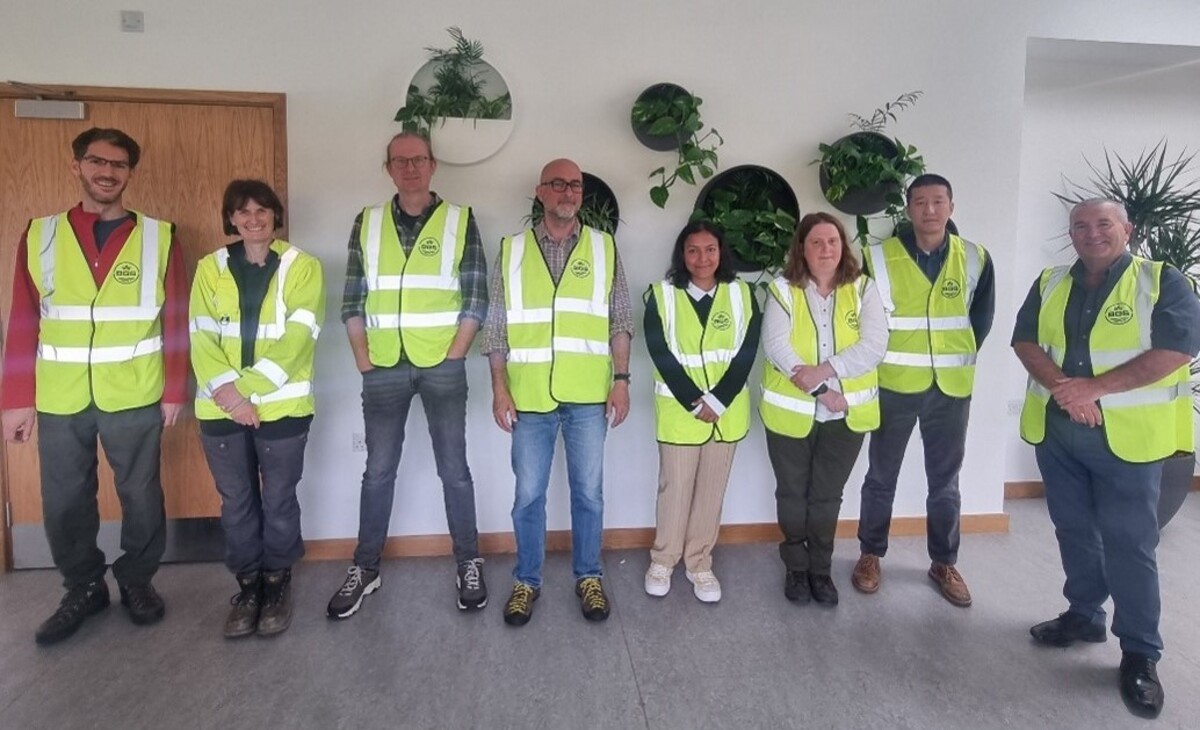Clyde Gateway Welcomes Durham University’s GEMS Project
D2Grids Project

Clyde Gateway, member of the D2Grids project which aims to roll out 5th generation for heating and cooling grids through Europe is supporting the GEMS project. The project will use the UKGEOS Glasgow observatory, next to the Clyde Gateway 5GDHC grid. The observatory has been chosen to be a laboratory and inspirational example to develop geothermal energy through Scotland.
The Geothermal Energy from Mines and Solar Geothermal Heat (GEMS) project is led by Durham University with British Geological Survey (BGS) as co-investigators. It is supported by Clyde Gateway on the overarching Steering Committee. In September 2022, Clyde Gateway and BGS hosted members of the GEMS project team to visit the UK Geoenergy Observatory in Glasgow and Clyde Gateway’s Energy Projects.
The GEMS project is funded by an Engineering and Physical Science Research Council (EPSRC) ‘Decarbonisation of Heating and Cooling 2’ grant. The project will use the Glasgow Observatory based in Cuningar Loop Woodland Park in Rutherglen, Glasgow. The Glasgow Observatory provides a unique underground laboratory for carrying out research on shallow geothermal mine water energy to address renewable energy use and storage.
Heat extraction from abandoned, flooded mine workings offers potential of a significant, low-carbon geothermal energy resource. It could also provide a large underground thermal storage capacity. To utilise and optimise this energy supply and storage opportunity, research is required on several aspects of the system, including characteristics of mine systems and surrounding geology, application of underground and overground heat storage to level out diurnal and seasonal energy demand, and integration of the technical, logistical, and socio-economical aspects. The GEMS project seeks to investigate these aspects of sustainable mine geothermal energy including demonstration of solar-geothermal dual energy storage.
The aspects around heat storage boosted by solar-thermal will help inform the potential for integrated district heating schemes which have been installed in Dalmarnock, as part of the 5GDHC and other low temperature energy solutions being investigated by the D2Grids project.
During the visit to the Glasgow Observatory, project members looked at boreholes, monitoring equipment and scale of infrastructure, as well as looking in detail at logistics for the engineering side of the project (space, pipe connections etc.) After lunch they took a trip to the Scottish Water Energy Centre in Dalmarnock where they were given an overview of Clyde Gateway’s District Heating Network and D2Grids Glasgow Pilot Site.
paul.capgras[a]construction21.fr




